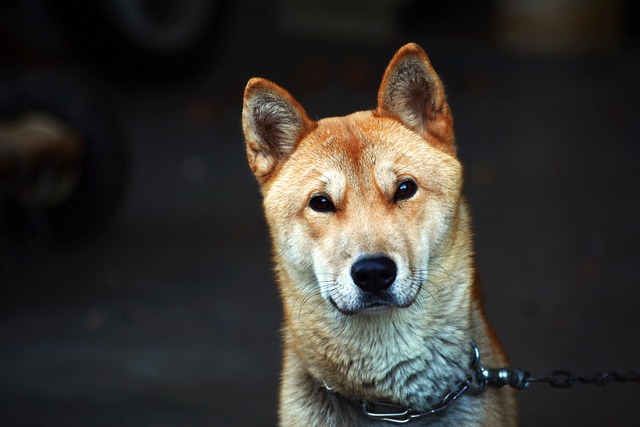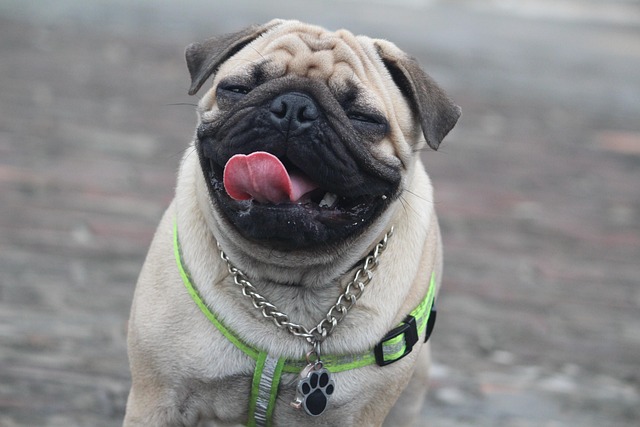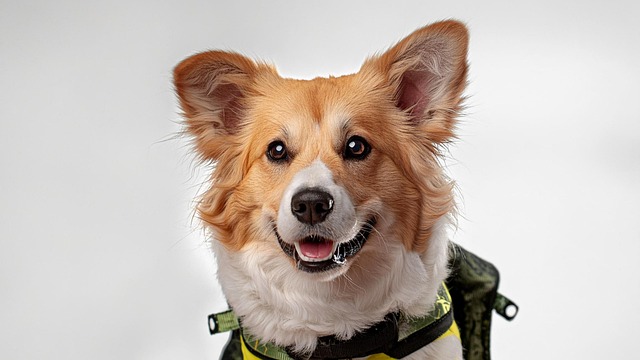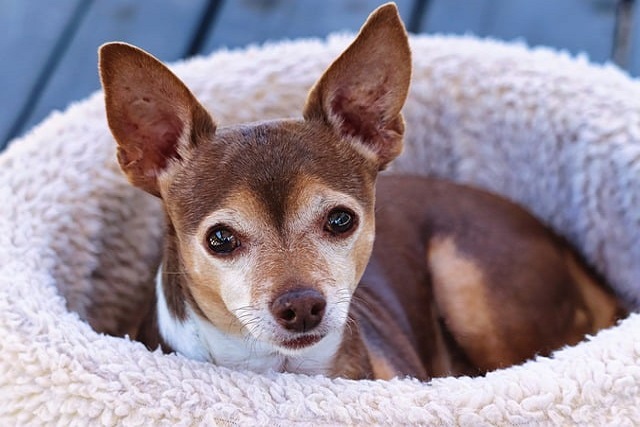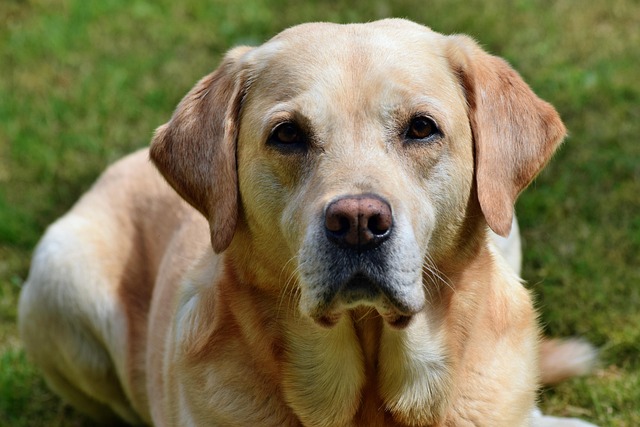Picture this: You open your apartment door to welcome friends, and your exuberant Golden Retriever, Max, transforms into a whirling, jumping, barking tornado of fur. Your guests flatten against the wall, you frantically grab his collar, and the joyful reunion turns chaotic. This over-the-top excitement isn't just embarrassing; it's stressful for everyone, including Max. Taming visitor frenzy isn't about crushing his spirit – it's about teaching calm visitor manners training through understanding canine arousal and smart management.
Dogs often go "crazy" with visitors due to a perfect storm: pent-up energy, social excitement, and trigger stacking (multiple stressors compounding). Behaviorally, this hyperactivity is frequently unintentionally reinforced – when Max jumps, guests might pet him (rewarding jumping), or you yell (giving attention, even if negative). His brain learns: "Visitors = Super Exciting Things Happen When I Act Wild!" Managing dog excitement requires recognizing that calmness is a skill, not a default setting, especially for social, energetic breeds. It involves lowering arousal before it peaks and rewarding the behaviors you want instead of the chaos.
Here’s your step-by-step action plan using positive reinforcement methods. Start before the doorbell rings. Exercise Max well in advance – a tired dog is a calmer dog. When guests text their arrival, secure Max on a leash or behind a baby gate in a quiet room with a stuffed Kong. This prevents rehearsal of bad behavior. Next, train a solid "Go to Mat" command weeks before you need it. Practice daily, rewarding heavily for staying settled as you mimic walking to the door. When guests arrive, keep Max leashed. Ask one calm guest to enter first, ignoring Max completely (no eye contact, no talking). Wait for even a split-second of four paws on the floor or a sit – instantly mark with "Yes!" and toss a high-value treat away from the guest. This rewards calmness and creates space. Gradually allow calmer guests to reward polite sniffs only when Max is sitting. If he jumps, everyone immediately turns into a tree (removing attention – negative punishment). Consistency is key. Take Sarah from Chicago: her rescue Lab mix would bowl people over. She used a tether near his mat, had guests toss treats to the mat for staying put, and only allowed greetings after 30 seconds of calm sitting. Within 6 consistent visits, Max learned sitting quietly earned attention, not jumping.

Creating a polite greeter connects directly to responsible US pet ownership. Prioritizing positive reinforcement aligns with animal welfare laws and cultural norms; methods like kneeing a jumping dog or alpha rolls are unacceptable and can provoke fear-based reactions. Legally, ensure Max is licensed and rabies-vaccinated (mandatory nationwide!) – especially important if excited behavior worries guests. Always carry vaccine records during walks. Remember, managing excitement starts outdoors: prevent lunging at neighbors by keeping Max leashed 6 feet from sidewalks, mastering "Leave It" using treats (not jerks), and always scooping poop immediately – local laws impose fines (up to $250 in NYC or Seattle!) and it’s basic courtesy. Apartment dwellers, proactively warn neighbors about brief training-related noises and use sound-dampening mats under crates. A dog who bolts out the door during excitement poses risks; reinforce door manners daily. Always use a leash in hallways and shared spaces – even a "friendly" excited dog charging can frighten others, violating community etiquette. Reserve off-leash greetings for designated dog parks only.
Transforming visitor chaos into calm takes patience, but it’s achievable. By managing arousal, rewarding calm alternatives through positive reinforcement methods, and preventing rehearsal of bad habits, you teach Max that quiet politeness unlocks the real prize: happy greetings and a stress-free home. You’ll build a confident dog who welcomes guests with wagging tail, not flying paws.
